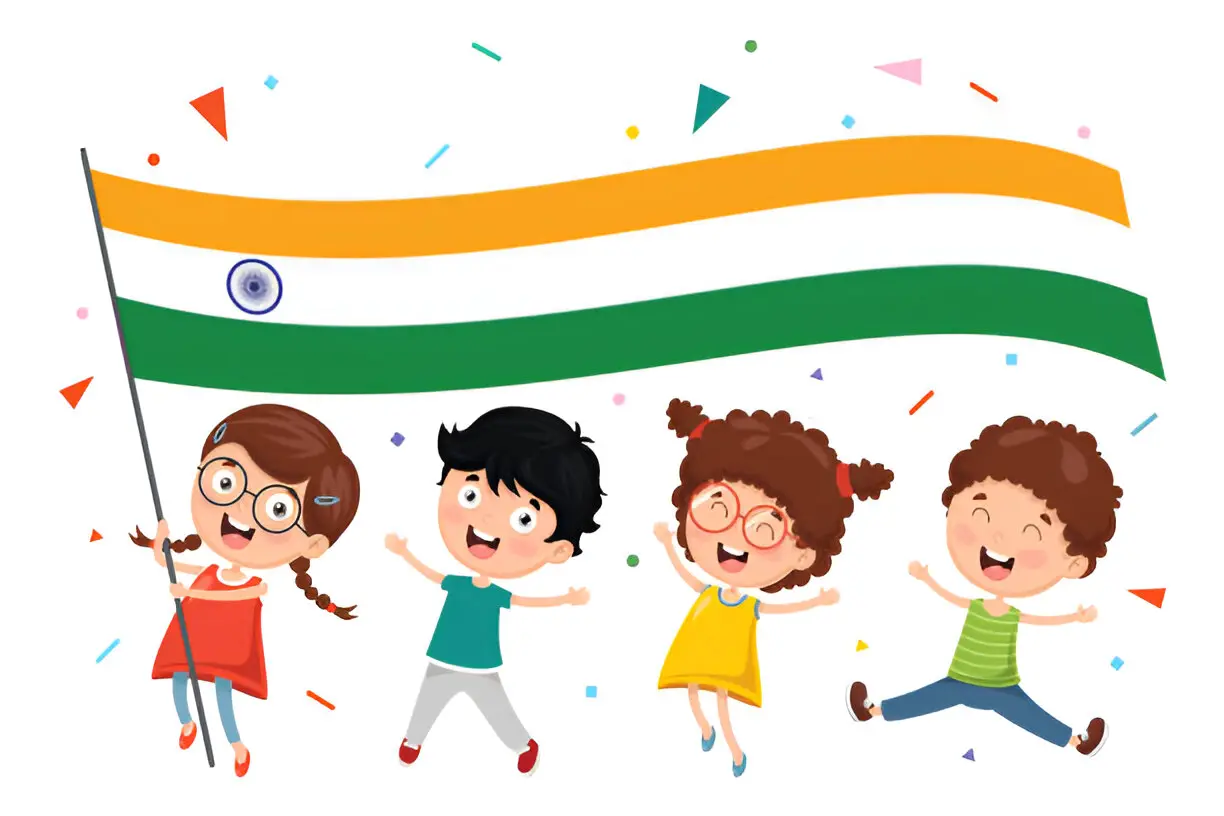Independence Day Special: Playing Tiranga Game
Every year on August 15th, India celebrates its Independence Day with unmatched zeal and pride. This national holiday commemorates the day in 1947 when India finally gained freedom from British colonial rule. Patriotism runs high, flags flutter proudly, and the air is filled with songs of freedom. In recent years, people have found creative ways to celebrate the spirit of Independence Day—not just through parades and cultural events, but also through games and interactive digital experiences. One such innovation capturing the hearts of many is the Tiranga Game.
This article explores the essence of the Tiranga Game its cultural relevance, gameplay mechanics, and how it brings communities together in celebration of India’s freedom.
The Spirit Behind the Tiranga
Before diving into the game itself, it’s important to understand the powerful symbol at its center: the Tiranga, or the Indian national flag. Comprising three horizontal stripes of saffron, white, and green, with the Ashoka Chakra in the center, the Tiranga is a representation of India’s values—courage and sacrifice (saffron), peace and truth (white), faith and chivalry (green), and the eternal wheel of law and progress (Ashoka Chakra).
During Independence Day celebrations, the Tiranga becomes a unifying emblem. It waves atop buildings, adorns clothing, and is painted across cheeks and hearts. The Tiranga Game builds on this sentiment, transforming the flag into a source of interactive patriotism and education.
What is the Tiranga Game?
The Tiranga Game is a mobile and web-based game developed to engage players in a fun yet meaningful way during Independence Day. Designed for all age groups, especially children and young adults, the game educates, entertains, and evokes national pride.
While there are several versions available online, most of them revolve around the central theme of collecting, protecting, or assembling the Tiranga while overcoming challenges that reflect India’s historical journey to freedom.
Game Concept and Design
A typical Tiranga Game has a colorful, vibrant interface inspired by Indian culture. It often includes iconic elements such as:
- Historical Monuments like the Red Fort, India Gate, and Qutub Minar.
- Freedom Fighters portrayed as mentors or guides in the game.
- Indian Music such as nationalistic songs and traditional instruments playing in the background.
- Tricolor Themes in animations, obstacles, rewards, and game environments.
The main objective might be to collect flag pieces scattered across various levels representing different regions of India, each with their own mini-challenges, trivia, and tasks. Alternatively, players might be asked to dodge colonial-era obstacles, rescue the flag from enemies, or hoist the Tiranga on top of a mountain after completing various trials.
Popular Versions and Gameplay Modes
Different developers have created various renditions of the Tiranga Game. Here are a few common formats:
1. Tiranga Runner
This endless runner-style game places the player in the role of a young patriot who must run through the streets of Delhi or Mumbai, collecting saffron, white, and green tokens to complete the Tiranga while avoiding colonial traps or misinformation bombs. Completing flag sequences earns power-ups like “Ashoka Chakra Shield” or “Gandhian Boost.”
2. Flag Puzzle Challenge
In this logic and memory game, players must reassemble pieces of the national flag that have been scrambled. As players progress, they unlock stories about the flag’s evolution and its symbolism.
3. Quiz & Trivia Mode
Some games integrate educational content by including levels where players answer questions about India’s freedom struggle, its leaders, and constitutional principles. Correct answers let the player unlock parts of the Tiranga.
4. Multiplayer Tiranga Battle
Here, teams compete to hoist their flags on virtual territories. Players answer history questions, solve puzzles, or complete missions to earn points for their team.
Why Is It Special for Independence Day?
1. A Fun Way to Learn History
Textbooks can sometimes make history feel dry or inaccessible, especially for children. The Tiranga Game converts historical events into immersive experiences, making learning fun and interactive. By integrating facts about freedom fighters, significant events, and cultural icons, it keeps the legacy of independence alive for younger generations.
2. Fosters Patriotism
As players engage with the flag, sing national songs within the game, and complete missions based on real struggles, they naturally develop a sense of pride and connection with the nation.
3. Safe & Inclusive Celebration
For those unable to participate in parades or public functions—especially during adverse weather or health concerns—Tiranga Games provide a way to celebrate from home. It’s accessible to anyone with a smartphone, offering a shared space for digital patriotism.
4. Promotes Cultural Unity
Some versions of the game feature states and languages from across India, promoting inclusivity and diversity. The idea is to show that regardless of region, all Indians are united under the Tiranga.
Educational and Developmental Benefits
Beyond patriotism and celebration, Tiranga Games also contribute to:
- Cognitive development through problem-solving and strategy-based challenges.
- Hand-eye coordination in fast-paced action or runner versions.
- General awareness by introducing lesser-known facts about the independence movement.
- Teamwork and cooperation in multiplayer formats.
Parents and teachers are increasingly recognizing the potential of such games in education and celebration.
Criticism and Ethical Considerations
While most Tiranga Games are respectful and educational, some developers have been criticized for turning patriotic symbols into purely commercial tools. It is essential that these games maintain dignity and respect for the national flag and associated figures.
Additionally, developers should adhere to the Flag Code of India, ensuring that virtual representations of the flag do not violate national guidelines. Thankfully, most reputable versions handle this with care.
Conclusion: A New Tradition in the Making
Independence Day in India is a time of remembrance, celebration, and national pride. While traditional activities like flag hoisting, cultural programs, and patriotic films continue to thrive, the emergence of digital celebrations like the Tiranga Game represents a modern evolution of how we honor our freedom.
These games are more than just fun—they are tools of education, unity, and remembrance. By integrating stories of courage, sacrifice, and hope into the digital realm, the Tiranga Game ensures that the legacy of India’s independence is passed on to the next generation—not just as a story, but as an experience.
This Independence Day, as you sing the national anthem or watch the parade, take a moment to play the Tiranga Game. Let it remind you of the struggles behind our freedom, and the vibrant unity that makes India incredible.
Also Read-How to Analyze Matches Before Placing Bets in Football Betting

